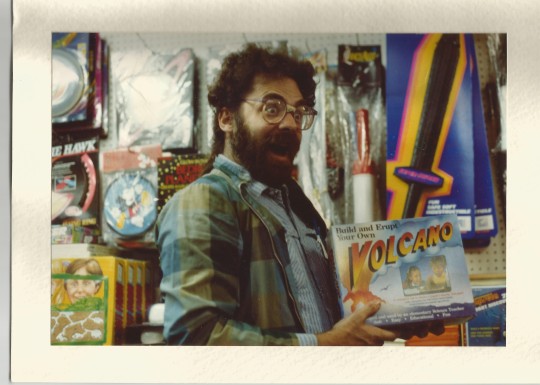Happiness in the Time of Covid-19: Part 2, Meditation

A favorite meditation site in summer
There is an overwhelming amount of evidence that meditating regularly is good for your physical, emotional, spiritual, and mental well-being. For example, here’s an article in the Washington Post quoting a Harvard neuroscientist on how meditation reduces stress; another article citing former U.S. Surgeon General Vivek Murthy on meditation, health, and happiness; and here, from 2003, is the Time magazine cover story on the science of meditation. A quick google search will yield many, many more nuggets on the benefits of meditating. I also devote a full sermon/chapter to exploring the connection between mediation and happiness in my new book, Preaching Happiness, which the publisher will be mailing out in a few weeks.
The point of this blog is not to repeat all that’s already out there. Rather, I want to stress, from my own experience as both a meditator and a teacher of meditation:
- You can do this;
- It will likely make you feel much better;
- It will help you navigate the incredibly anxious Covid-19 time with greater ease; and
- Your ease and calm will enable you to better assist others, in whatever ways you contribute to the greater good.
I hate to use the word “should,” so I’ll just say, you will do yourself a big favor if you meditate at least several times weekly during this crisis. It may be hard to find the time and space to do this if you have young children who are now present all the time, but, challenging logistics aside, most everybody is capable of meditating. It does not matter whether you are religious, spiritual, or an avowed agnostic; meditation can be an integral part of any religious practice but it can also be straight up secular. It does not matter if you have a very busy mind; in fact, we all have busy, busy minds. You don’t have to have a ton of extra time at your disposal — the benefits of meditation are cumulative, but just a few minutes here and there can be helpful. It doesn’t even matter if you can’t sit still for a long period of time; you can lie down, stand up, or try walking meditation instead. If you have never meditated before, that does not matter either. You can do it now. I will tell you how.
Here are a few pointers:
- Meditation is about the breath, and some form of attention or intention. Breathe, and focus. That is all.
- It is a common temptation to judge ourselves harshly for thinking too much instead of maintaining focus. You may well feel frustrated, and think, “I am a bad meditator.” Nonsense. All our minds wander again and again. Ad infinitum. No worries. Just make a mental note, “oh there’s a thought,” and come back to your object of intention or attention. No judgment necessary.
- If you are trying, if you are practicing, even a few minutes a week, then yay. Good for you! Keep it up.
Now, here are a few practices.
Exhale twice as long as you inhale. That is all. You can do this with your eyes open or closed. I like to inhale to the count of four or five, and exhale to the count of eight or ten. Do whatever is most comfortable for you and your lung capacity. Do this for five minutes, or 30, or an hour. Don’t push too hard, be at ease and relaxed. Hopefully, this will leave you feeling much calmer — no matter the daily news!
Three deep breaths. Again, you will want to be taking relaxed deep breaths, inhaling and exhaling fully. With each breath, focus on a positive word. When I do this practice — which is frequent — I breathe in, “peace, peace, peace, peace, peace,” and breathe out, “peace, peace, peace, peace, peace,” I do the same with the words “abundance” and “love.” Each of the three words corresponds with a different part of the brain, but you can use any three positive words you want. This is another one you can do for just a couple of breaths, or, for a much longer time. Totally your choice.
Focus on your breath. One of the great things about meditation is that the only tool you need is your breath! This is perhaps the most classic form of meditation: noting gently the inhale as you breathe in, and noting gently the exhale as you breathe out. I like to add a pause in between each inhale and exhale. Make it your own, in an easy going way. Thoughts will come and go — just come back to the breath.
Guided meditations. There are so very many ways to meditate. Conveniently, in the 21st century, you can turn to many different teachers online. One of my favorites is Dr. Barbara Fredrickson, a leading positive psychology researcher, who has a whole page of guided meditations on her website. Sink into her words, experience the magic of loving kindness — and come back again and again.
Another favorite of mine comes from Jon Kabat-Zinn, perhaps best known for his Mindfulness Based Stress Reduction (MBSR) trainings. You can find many of his guided meditations online; this one is the one I like best.
So there you go, several options. If you want more choices, drop me an email.
But seriously, for your happiness, for a better world, I truly hope you give it a try.
First, here’s why it matters:




